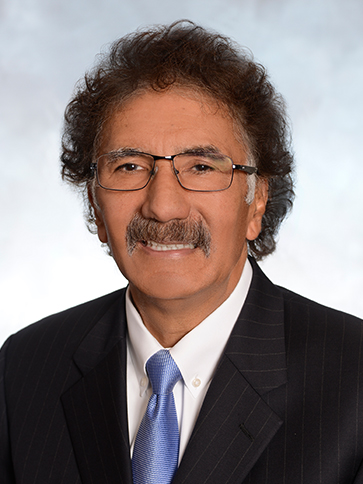 Photographer: Tim Rue
Photographer: Tim Rue Port of Long Beach creating nation’s largest Electric Truck Charging Network
Input from potential vendors, suppliers sought for clean air system
The Port of Long Beach has issued an information request to assist in creating one of the largest U.S. networks of publicly accessible electric-charging stations for the heavy-duty, Class 8 drayage trucks that serve the port complex.
Available here, the request asks for information on potential interest to install 100 chargers at up to four pre-identified sites. Responses are due by 4:30 p.m. Tuesday, March 29.
Transitioning the drayage truck fleet serving the San Pedro Bay ports to zero emissions by 2035 is a central tenet of the Clean Air Action Plan Update, or CAAP, the shipping industry’s most aggressive effort to reduce the environmental impacts of goods movement.

Mario Cordero
“It’s important for us to nurture the market for electric trucks if we are to meet the zero-emissions trucks goal,” said Port of Long Beach Executive Director Mario Cordero. “This is one of the project’s objectives, and it will also provide an overnight charging option for independent owner-operators who may not be able to charge their vehicles at home.”
“Our environmental programs and initiatives have already cut diesel emissions from trucks by as much as 97%,” said Long Beach Harbor Commission President Steven Neal. “Initiatives like this are steps along the way to our ambitious zero-emissions goal. It will take ingenuity and continuing strong partnerships with the trucking and goods movement industry, but I am confident we will succeed.”
The first two public charging stations for heavy-duty trucks in Southern California have been installed at the Terminal Access Center on Harbor Avenue and are expected to be available for drayage truck recharging later this month.
Providing at least 100 charging stations by 2028 supports the CAAP zero-emissions goal for drayage trucks. The CAAP is a comprehensive strategy for accelerating progress toward a zero-emission future while protecting and strengthening the port’s competitive position in the global economy. Since 2005, the year before the plan was adopted, diesel particulate matter is down 90%, smog-forming nitrogen oxides have decreased 62%, and sulfur oxides have decreased 97%, all while container throughput has increased 21%.









